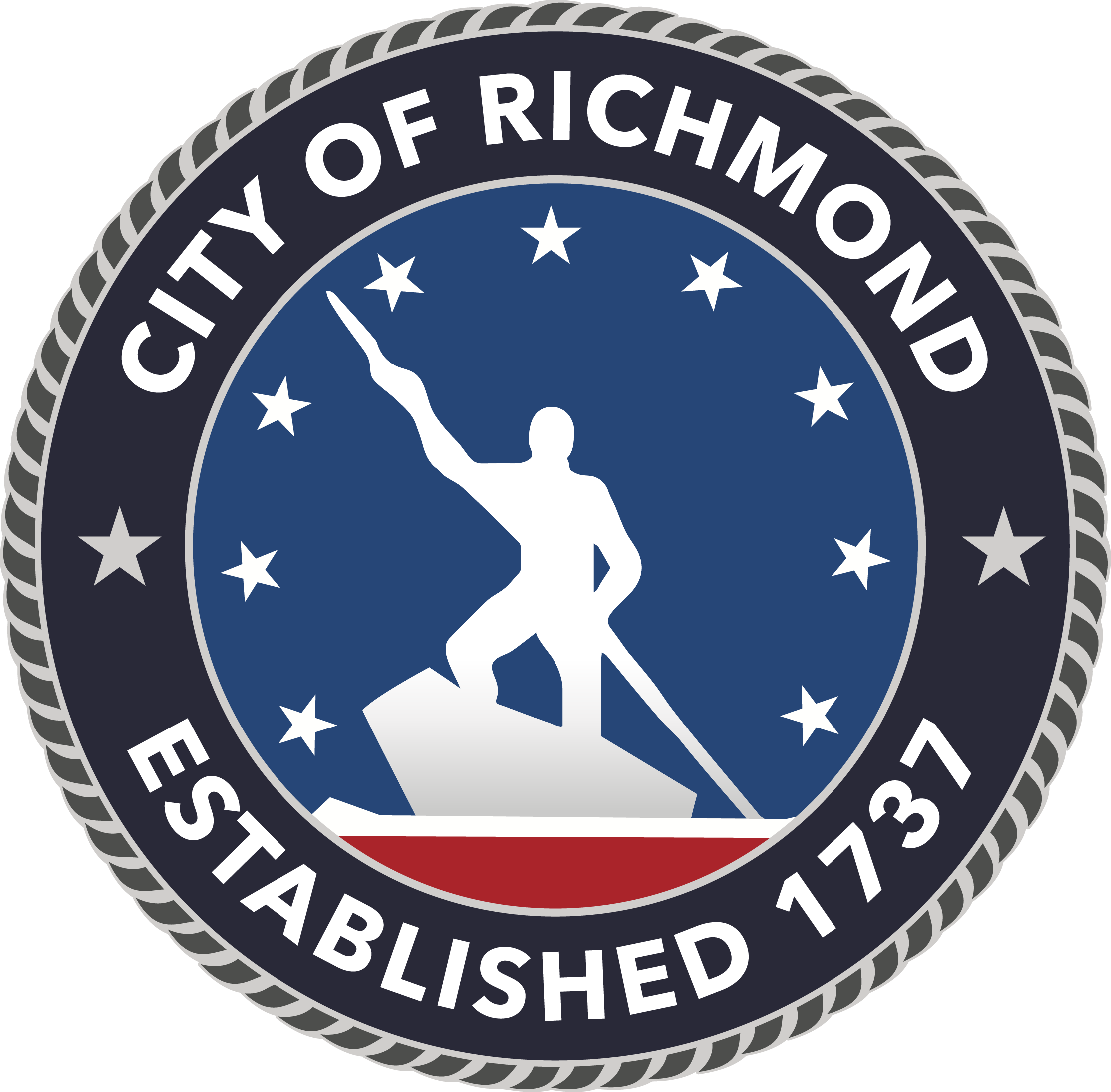City of Richmond to move into Phase Three of Forward Virginia Wednesday, July 1
On Wednesday, July 1, the City of Richmond will move into Phase Three of the state’s reopening plan, Forward Virginia.
“In light of the data we’re seeing and the accessibility of testing and secure isolation, I’m comfortable with our city entering Phase Three of Forward Virginia alongside the rest of the Commonwealth,” said Mayor Stoney.
“However, we know that to keep moving forward in the recovery process, we have to maintain the same cautious, respectful attitudes and practices we’ve been normalizing for the past three months,” he continued. “Wear a mask, keep your distance and get tested.”
Since mid-March, the City of Richmond has operated under various stages of closure while adopting basic practices that are proven to fight the spread of COVID-19: wearing face coverings, practicing social distancing, sanitizing hands and spaces and intentionally protecting the most vulnerable individuals and communities.
The governor’s face covering requirement in indoor public spaces is still in place.
The Richmond City Health District, alongside the City of Richmond, continues to provide testing opportunities, primary care support, mask distribution and supported isolations for those that need it. For information on testing availability in the Richmond area, use the Virginia Department of Health’s zip code testing locator, or call the Richmond City and Henrico County COVID-19 Hotline at 804-205-3501.
“As we look at local and regional trends in cases, hospitalization data and indications of hospital capacity, I support Richmond advancing into Phase Three,” said Director of Richmond City and Henrico County Health Districts Dr. Danny Avula. “However, our ability to move past Phase Three is contingent on all of us continuing to the practices that we know work to limit the spread of disease: symptom screening, handwashing, mask-wearing and physical distancing. We continue to urge strict adherence to the Governor’s guidelines.”
“The residents and businesses of our city have made selfless adjustments to help control the spread of this virus in our community,” said the mayor. “Still, evidence from other states suggests we need to approach this reopening cautiously and conscientiously. We must keep doing all we can to keep everyone, especially our most vulnerable populations, safe.”
The Commonwealth of Virginia has determined the guidelines that businesses and individuals who patronize those businesses should abide by during Phase Three. The following information is a summary of the requirements the state has made of businesses who wish to open during Phase Three. Requirements and best practices are available online in full here.
Note: The state requires all businesses serving the public to undertake rigorous sanitation practices and display extensive signage promoting the health and safety of patrons and employees. The signage should clearly state that no one with a fever or symptoms of COVID-19 or known exposure to a COVID-19 case in the prior 14 days, is permitted in the establishment. It should also include reminders of public health precautions, such as social distancing, isolating when sick and options for high-risk individuals.
Gatherings of any kind, social or faith-based:
There is a 250-person limit on gatherings of all kinds.
Individuals attending religious services must be seated at least six feet apart from a party from a different household. All items used to distribute food or drink must be disposable, used only once and immediately discarded.
Restaurant and beverage services:
Establishments can open at full capacity as long as the mandatory six feet of social distancing is maintained between parties at all times. Bar areas can be opened, but six feet of distance between customers is mandatory.
All parties, whether seated together or dispersed across multiple tables, are limited to 250 patrons, per the guidance on social gatherings.
If live musicians are performing at an establishment, they must stay 10 feet from other patrons and staff.
Non-essential brick and mortar:
Establishments can open at full capacity as long as the mandatory six feet of social distancing is maintained between parties at all times. Guidelines encourage management to mark six-foot increments for customers to adhere to while standing in line.
Fitness and exercise facilities:
Establishments can open at 75 percent occupancy. 10 feet of social distancing is required between patrons and staff. To facilitate this, management should distance fitness equipment at least 10 feet apart.
The total number of attendees for a fitness or exercise class shall not exceed 250, in accordance with the guidance on gatherings.
Indoor and outdoor swimming pools:
Both indoor and outdoor pools can open at 75 percent capacity, with 10 feet of distance required. Free swim is allowed, in addition to all activities allowed under Phase Two, including diving, lap swim and instruction. 10 feet of social distancing is still required when engaging in these activities.
Hot tubs, spas, saunas, splash pads, spray pools and other interactive play features will remain closed.
Recreational sports:
Where practicable, indoor and outdoor recreational sports should maintain 10 feet of distance between instructors, participants and spectators.
Participation is limited to 50 percent of the occupancy load of the recreational space, capped at 250 people in total, in accordance with the guidance on gatherings. For sports played on a field, attendees are limited to 250 persons per field.
Personal care and personal grooming services:
Establishments can open at full capacity and take walk-in customers instead of limiting service to appointments. Social distancing is required between workstations.
Appointments should be staggered to allow for ample cleaning time. Customers must wear a face covering throughout the service.
Entertainment and public amusement:
All venues may open at half capacity, which is not to exceed 1000 people.
Private bookings are limited to no more than 250 people.
10 feet of distance should be maintained between all performers, participants and patrons who are not members of the same household, regardless of the venue’s capacity.
Establishments should reconfigure areas to encourage social distancing, which can include spacing out seating areas, posting ample signage and making regular audio announcements. The availability of interactive exhibits and shared items should be discontinued for the time being to reduce the potential for transmission through shared surfaces.
##







